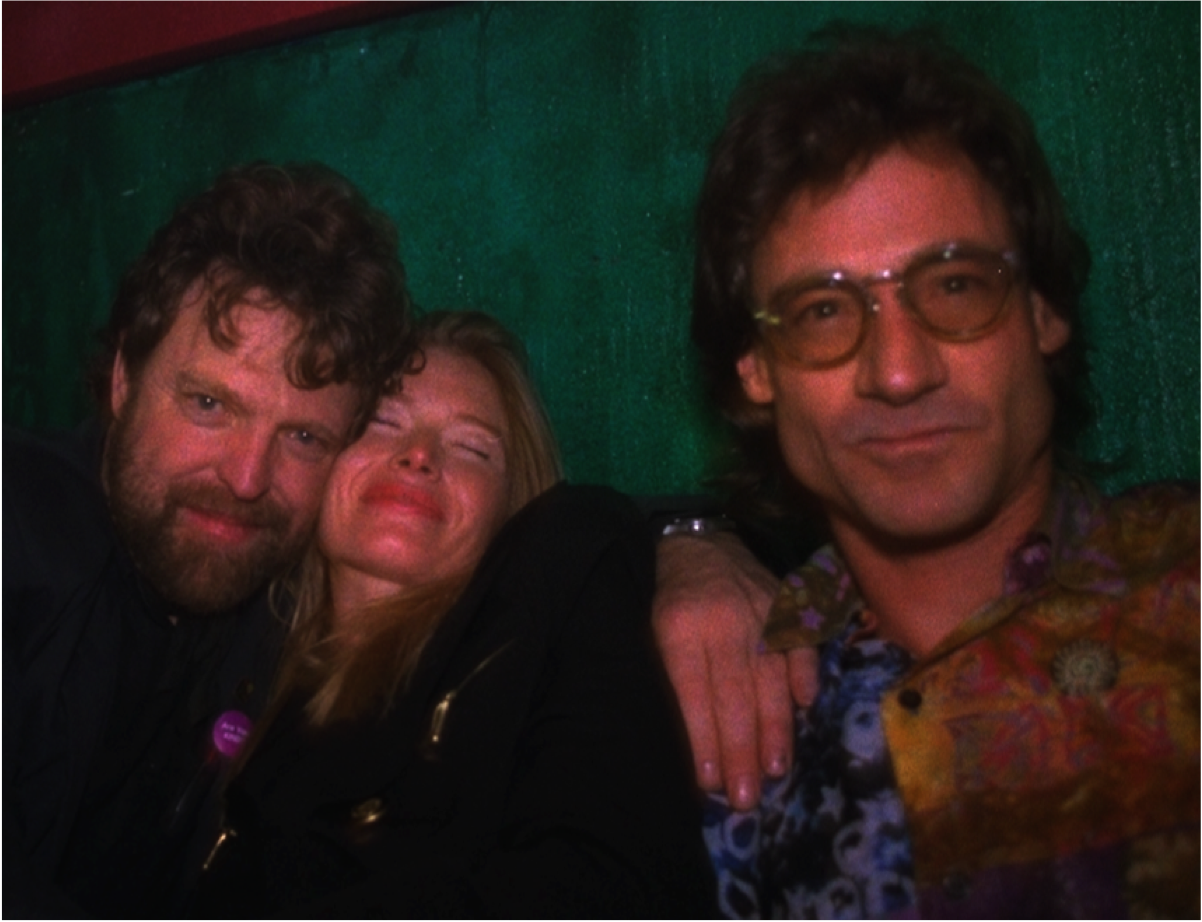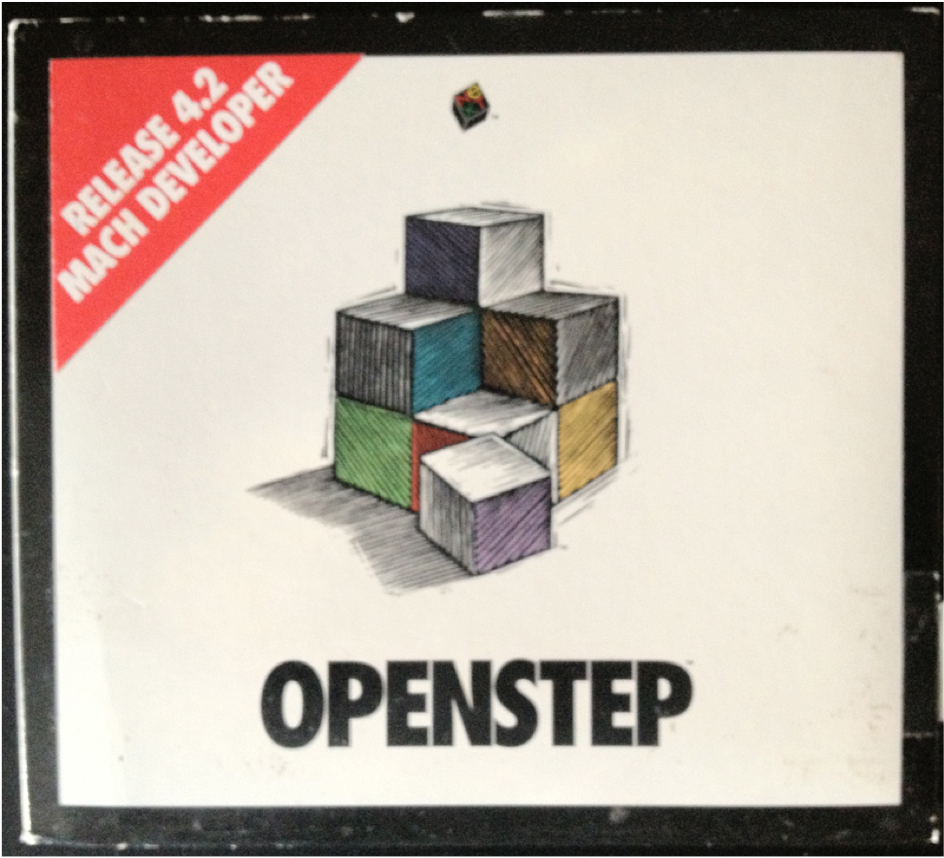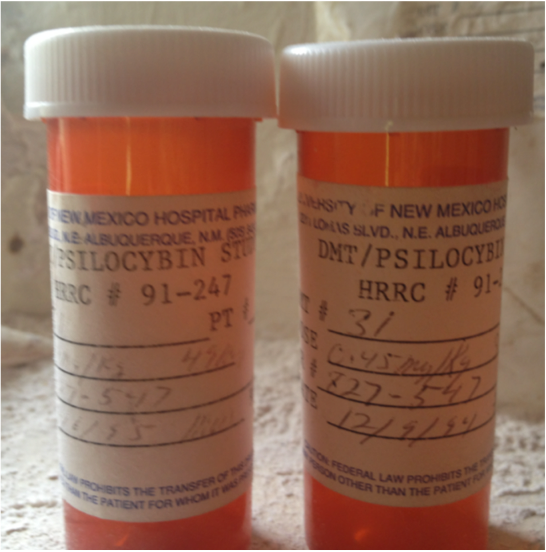What's NeXT? Software, Psychedelics and the Origins of OS X & iOS - Andrew C Stone @twittelator | 9 | ||||
 We threw two more raves - these corresponded with NeXTWorld conventions in 1993 and 1994 - so they got even bigger and crazier as we invited our San Francisco freaky friends to provide circus entertainment. But it was the second rave in 1993 which was immortalized in Ira Glass's This American Life, #74 "Conventions" where Barlow describes the day when he and Dr. Cynthia Horner fell in love at first sight.  And people who were destined to be together met that night.
And people who were destined to be together met that night.The community that was self-identifying as NeXT had a place to come together and, well, in the style of the Grateful Dead, take sacrement and create Magick together. From a guerrilla marketing standpoint, the raves were solid gold - still reverberating through the years, with couples who fell in love and are still together today, the business relationships built from that very deep place of nowhere and nowhen. "The NeXT Community" By 1994, the NeXT hardware is end of lifed. The reality is simply that a small company cannot lead the R&D effort needed to always have the best, latest, greatest. The dream of NeXT Computer, Inc. being a Hardware Company was over. Drop the Computer. Run with the awesome software!  The NeXTStep software is ported to run on Hewlett Packards, Intel and SUN SPARC chipsets as OpenStep. A small outfit can never out R&D the big boys in hardware, so why not concentrate on the software stack? For us developers, it could mean more sales if they can swing seats. Remember, software was expensive - DataPhile was $695 per seat, so each sale counted (not like today's Apps where it takes a thousand $1 app sales to net $700).
The NeXTStep software is ported to run on Hewlett Packards, Intel and SUN SPARC chipsets as OpenStep. A small outfit can never out R&D the big boys in hardware, so why not concentrate on the software stack? For us developers, it could mean more sales if they can swing seats. Remember, software was expensive - DataPhile was $695 per seat, so each sale counted (not like today's Apps where it takes a thousand $1 app sales to net $700). Developers and startups were fleeing, moral was low. In 1995, a new last ditch effort to port OpenStep to Sun Microsystem's SOLARIS is begun, and we're among a very small group of remaining developers, and we port Create to SOLARIS. We sold 5 copies before it was silently yanked from the market.
Developers and startups were fleeing, moral was low. In 1995, a new last ditch effort to port OpenStep to Sun Microsystem's SOLARIS is begun, and we're among a very small group of remaining developers, and we port Create to SOLARIS. We sold 5 copies before it was silently yanked from the market.I didn't give up for a few reasons - firstly, we'd done very well in the early years, so my belief had backing in previous success. Plus, the slowdown meant I could attend to other interests, such as | |||||